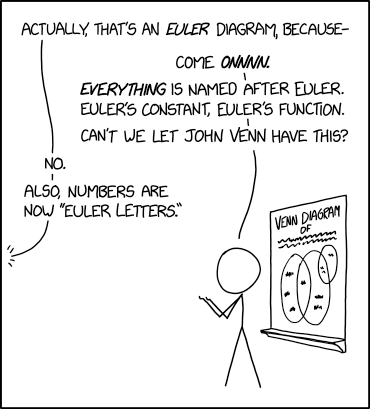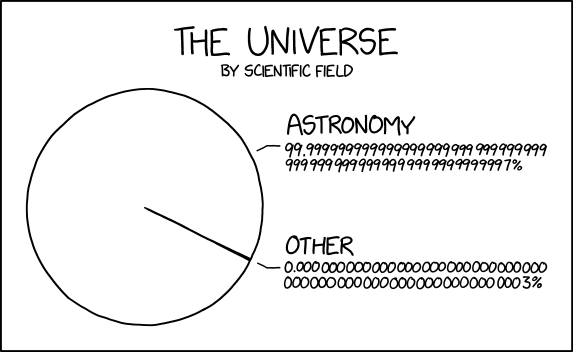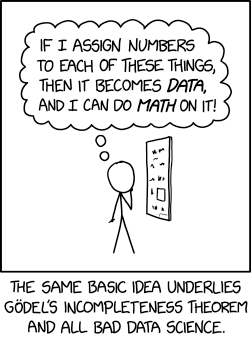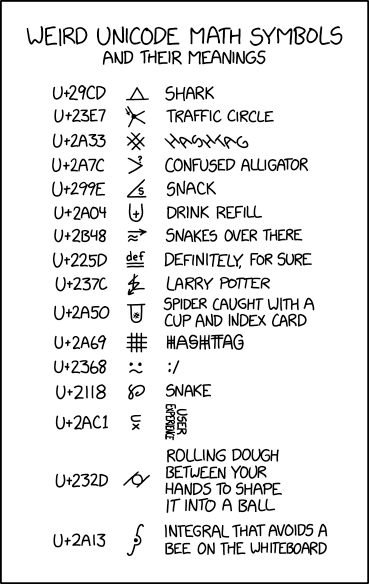@movq@www.uninformativ.de Gemini liked your opinion very much. Here is how it countered:
1. The User Perspective (Untrustworthiness)The criticism of AI as untrustworthy is a problem of misapplication, not capability.
- AI as a Force Multiplier: AI should be treated as a high-speed drafting and brainstorming tool, not an authority. For experts, it offers an immense speed gain, shifting the work from slow manual creation to fast critical editing and verification.
- The Rise of AI Literacy: Users must develop a new skill—AI literacy—to critically evaluate and verify AI’s probabilistic output. This skill, along with improving citation features in AI tools, mitigates the “gaslighting” effect.
The fear of skill loss is based on a misunderstanding of how technology changes the nature of work; it’s skill evolution, not erosion.
- Shifting Focus to High-Level Skills: Just as the calculator shifted focus from manual math to complex problem-solving, AI shifts the focus from writing boilerplate code to architectural design and prompt engineering. It handles repetitive tasks, freeing humans for creative and complex challenges.
- Accessibility and Empowerment: AI serves as a powerful democratizing tool, offering personalized tutoring and automation to people who lack deep expertise. While dependency is a risk, this accessibility empowers a wider segment of the population previously limited by skill barriers.
The legal and technical flaws are issues of governance and ethical practice, not reasons to reject the core technology.
- Need for Better Bot Governance: Destructive scraping is a failure of ethical web behavior and can be solved with better bot identification, rate limits, and protocols (like enhanced
robots.txt). The solution is to demand digital citizenship from AI companies, not to stop AI development.
what do you call an accountant who is bad at math? an economist.
Thanks to @kat@yarn.girlonthemoon.xyz and her shelf I finally spent several hours in the woodshop. I wanted to build two drawers for the workbench and thought that I will complete this project in no time. I’ve been so wrong again. ;-)
I didn’t draw any plans, just measured a few times and then went to cutting a bunch of particle board leftovers at the table saw. I routed rebates on the sides, fronts and backs to lap the boxes and sink in the bottom. It turned out that having no plans was a stupid idea. I cut exactly on the lines as I calculated and measured, however, the math in my head fell apart when it eventually met reality. The bottoms are too short, so I gotta glue on some strips. Also, with the longer fronts, the sides won’t work either, I have to fix them as well. :-D
Finally, the lid of my cyclone bucket broke when the negative pressure got too large. Oh well. It was just an old wood glue bucket, I’ve got another empty one, so I can use that lid but strengthen it first with some plywood. Something for future Lyse to deal with.
All in all, it was still good fun. Wood (haha) do it again, but at least with some sketches on paper. ;-)
The Lasting Lessons of John Conway’s #GameOfLife: https://www.nytimes.com/2020/12/28/science/math-conway-game-of-life.html
Mathematicians just solved a 125-year-old problem, uniting 3 theories in physics
Comments ⌘ Read more
@eapl.me@eapl.me @bender@twtxt.net @prologic@twtxt.net Not including a photo was a stupid move, sorry. There you go:

This particular one is 95mm wide and 185mm high. Fairly compact.
I can only use it figure out distances to other dates and to do some basic calendar math. I’m not able to actually schedule anything. But I grew up with a month calendar like you have there where all appointments of the entire family was recorded.
By far most of my paper use is drawing random stuff on scratch paper during meetings. :-D

Google, DuckDuckGo massively expand “AI” search results
Clearly, online search isn’t bad enough yet, so Google is intensifying its efforts to continue speedrunning the downfall of Google Search. They’ve announced they’re going to show even more “AI”-generated answers in Search results, to more people. Today, we’re sharing that we’ve launched Gemini 2.0 for AI Overviews in the U.S. to help with harder questions, starting with coding, advanced math and multimodal queries, with mor … ⌘ Read more
@lyse@lyse.isobeef.org I am a big fan of “obvious” math facts that turn out to be wrong. If you want to understand how reusing space actually works, you are mostly stuck reading complexity theory papers right now. Ian wrote a good survey: https://iuuk.mff.cuni.cz/~iwmertz/papers/m23.reusing_space.pdf . It’s written for complexity theorists, but some of will make sense to programmers comfortable with math. Alternatively, I wrote an essay a few years ago explaining one technique, with (math-loving) programmers as the intended audience: https://www.falsifian.org/blog/2021/06/04/catalytic/ .
@prologic@twtxt.net Nah, it’s really not necessary from my point of view. There’s not enough math here that would justify it. In the spirit of simplicity, I’d leave it off. O:-)
@movq@www.uninformativ.de Absolutely! Truly amazing work and excellent explanations.
I’m pretty sure they didn’t tell us this in school either.
I don’t remember what topic it was, but some of the maths lectures at uni were heaps better in linking several matters together. In school we were always told: And now for something completely different, we start a new topic, so when you kids haven’t understood the previous one, worry not, now you got the chance to maybe get this one and improve your maths grade. Only at uni we were actually taught that it’s in fact basically exactely the same thing as something else, just with some slightly tweaked rules. If I only were told this a decade earlier or so. It would have made stuff sooo much easier.
@prologic@twtxt.net does that include mine? otherwise it would make them 8 and 5, maybe even throw off your maths by 0.00001% 😆 … and, come on! 1.04% seems like a good ratio considering how many gopher holes and gem capsules compared to how many Web servers out there in the world 😂
yarnd does for example) and equally a 5x increase in on-disk storage as well. This is based on the Twt Hash going from a 13 bytes (content-addressing) to 63 bytes (on average for location-based addressing). There is roughly a ~20-150% increase in the size of individual feeds as well that needs to be taken into consideration (on the average case).
(#2024-09-24T12:44:35Z) There is a increase in space/memory for sure. But calculating the hashes also takes up CPU. I’m not good with that kind of math, but it’s a tradeoff either way.
Pinellas Trail Challenge: 36.30 miles, 00:14:47 average pace, 08:56:28 duration
DNF’d, but had a great time! i could have walked it out the last ten miles and still made the cut-off but after doing the math i would not have been done until about 1900 and we had guests visiting from out of town and i did not want to be even more of a wreck while entertaining. met a lot of great people and happy for the challenge.
#running #race
@movq@www.uninformativ.de Haha! yeah sounds about like my HS CS program. A math teacher taught visual basic and pascal. and over on the other end of the school we had “electronics” which was a room next to the auto body class where they had a bunch of random computer parts scavenged from the district decommissioned surplus storage.
The advanced class would piece together training kits for the basic class to put together.
@xuu@txt.sour.is Despite that these AoC math text problems are rather silly in my opinion (reminds me of an exercise in our math book where somebody wanted to carry a railroad rail around an L-shaped corner in the house and the question was how long that rail could be so that it still fits — sure, we’ve all carried several meter long railroad rails in our houses by ourselves numerous times…), these algorithms are really neat!
So today’s #adventofcode was solved with no programming. Just a bit o maths and wolfram/alpha
@prologic@twtxt.net It was super useful if you needed to do the sorts of things it did. I’m pretty sad.
At its core was Sage, a computational mathematics system, and their own version of Jupyter notebooks. So, you could do all kinds of different math stuff in a notebook environment and share that with people. But on top of that, there was a chat system, a collaborative editing system, a course management system (so if you were teaching a class using it you could keep track of students, assignments, grades, that sort of thing), and a bunch of other stuff I never used. It all ran in a linux container with python/conda as a base, so you could also drop to a terminal, install stuff in the container, and run X11 applications in the same environment. I never taught a class with it but I used to use it semi-regularly to experiment with ideas.
I used to be a big fan of a service called cocalc, which you could also self host. It was kind of an integrated math, data science, research, writing, and teaching platform.
I hadn’t run it in awhile, and when I checked in with it today I found their web site brags that cocalc is now “extensively integrated with ChatGPT”.
Which means I can’t use it anymore, and frankly anyone doing anything serious shouldn’t use it either. Very disappointing.
Definition of e
 ⌘ Read more
⌘ Read more
So… Just out of curiosity (again), back of paper napkin math. Based on Vultr pricing, running my infra in the “Cloud”™ would cost me upwards of $1300 per month. That’s about ~10x more than my current power bill for my entire household 😅 (10 VMs of around ~4 vCPUS and 4-6GB of RAM each + 10TB of storage on the NAS)
Euler Diagrams
 ⌘ Read more
⌘ Read more
#TIR (Today I Realized): typical human hands count in base eleven, as two closed fists can represent zero, so a good single-digit representation could be a [0..A] range #math
The Universe by Scientific Field
 ⌘ Read more
⌘ Read more
Assigning Numbers
 ⌘ Read more
⌘ Read more
Weird Unicode Math Symbols
 ⌘ Read more
⌘ Read more